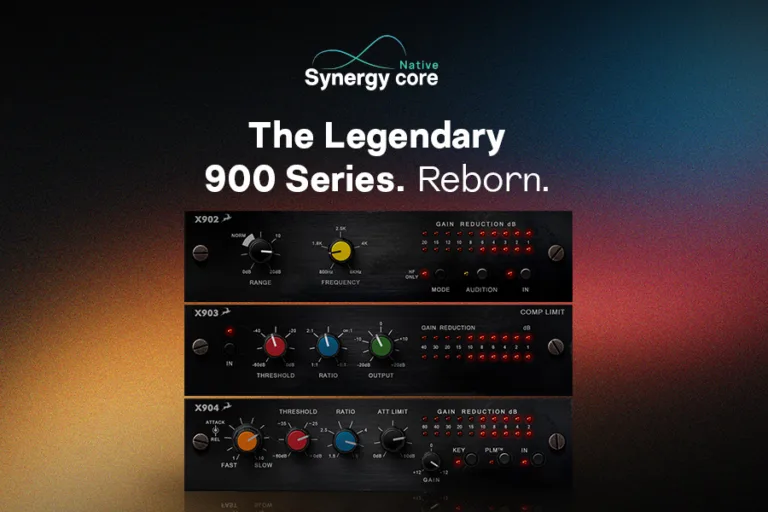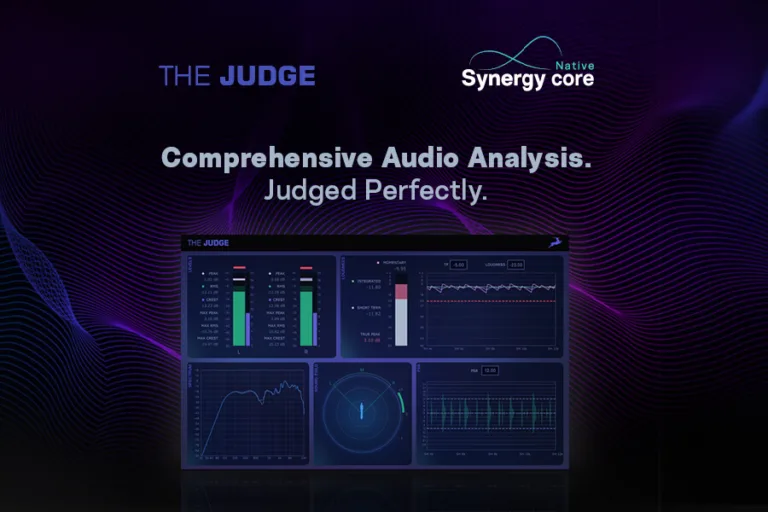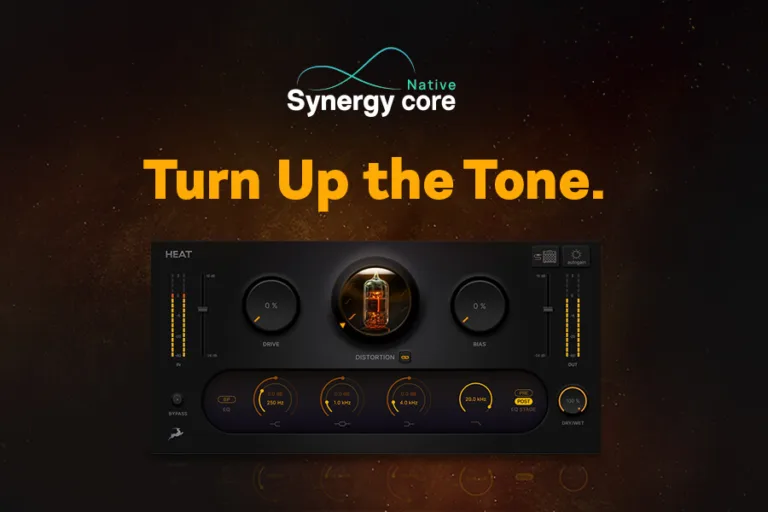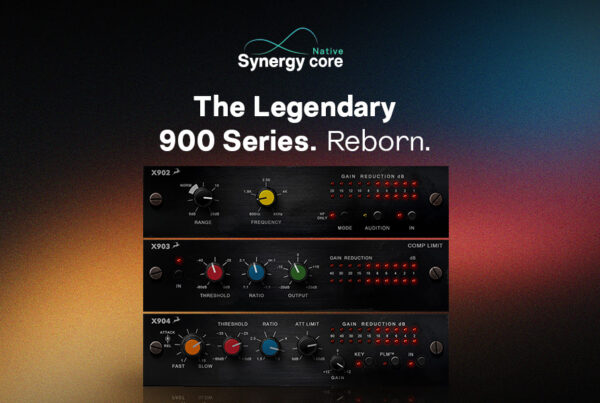Fix the mix with BX3 Multiband
Antelope has created a unique Multiband Compressor plugin, designed to refresh musical dynamics other compressors cannot reach. Meticulously crafted from first principles to sculpt your sound with as much flexibility as possible, a set of crossover filters splits audio into three frequency bands; each signal then passes through its own versatile compressor/limiter and is independently adjusted, after which the audio is recombined. The advantage is that one band’s compression has no effect on the others, and the subjective loudness level may be optimized without compromising musical expression.
BX3’s frequency bands have adjustable low and high crossover frequency control points, with a choice of 2dB or 4dB slopes. The three compressor sections feature individual ratio, attack, release and knee width controls. Setting-up the multiband is made easy with individual mute and on/off switches for each band. A Lookahead control enables intelligent use of substantial dynamic enhancement – you use ‘Lookahead’ to have the compressor start work on the audio signal a few milliseconds before real-time – avoiding unnatural sounding snares or vocal ‘plosives’. Compressors can be individually switched from peak sensing to RMS (average), with an associated response control. This enables more flexible operation: for example, you may choose to tame HF peaks while at the same time gluing the midrange of your mix with a generous dose of low-ratio RMS compression.
The new Antelope BX3 multiband gives SCN library members a modern tool to surgically craft dynamics in a way that traditional compression plugins, or hardware outboard compressors, cannot. Use across your mix bus, in your mastering chain, or to prepare podcasts – enhancing and maximizing impact across the frequency spectrum.
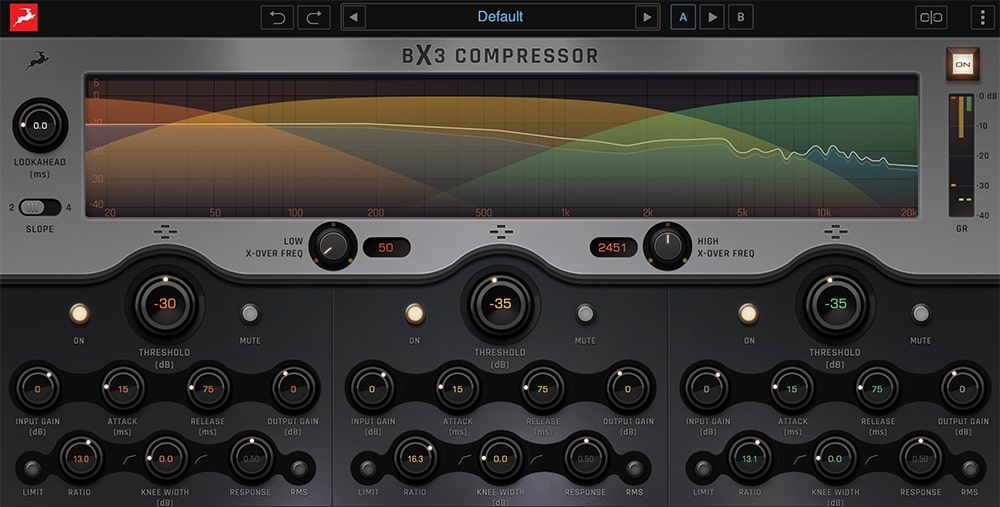
Reel to Reel – tape emulation
Engineers of the analog era used tape as a tool to enhance recordings. Hitting the tape with more level than officially recommended would ’round off’ the sound by limiting transients and make a recorded instrument easier to feature loud. Too much level would result in distortion, of course, with tape creating primarily odd-order harmonic distortion. Odd order harmonics tend to sound a little grittier, deeper and richer: you had to be very careful, but tape was generally a more forgiving medium to overload for effect than most electronic equipment of the time, and engineers developed individual preferences for particular tape manufacturers’ formulations.
Reel to Reel is Antelope’s new plugin that will ‘warm up’ your sound with modelled tape simulation. Individual tracks usually require less processing than you would otherwise use when transients are lightly rounded-off with this plugin. If you plan to use Reel to Reel on the mix bus, it pays to instantiate it first and EQ and mix into the tape plugin. Magnetic tape had a reputation for making everything sound more ‘like a record’, and instruments played back from tape are generally easier to place within a mix. With Antelope Reel to Reel you can try three different tape bias settings and switch between four types of tape formulations. Tape Type 1 has lower saturation level and higher harmonic distortion, with good frequency response. Type 2 has a higher distortion and enhanced high frequency response. Type 3 has good dynamics and enhanced low and mid-range, while Type 4 has good dynamics with lower distortion.
The tape emulation can be adjusted with two tape speeds (15/30 ips) and two EQs (NAB/IEC). The effect is subtle but transformative, especially when used on multiple tracks. There’s even a crosstalk button (to selectively blend left-right channels), tape hiss, and wow and flutter controls if you wish to emulate those vintage idiosyncrasies!

NEU473A – cutting room classic compressor
Antelope’s designers have re-created a classic of the vinyl era: the U473A compressor. Modelled on a German-made VCA compressor that was a fixture in cutting lathe consoles of the era, the NEU473A combines aggressive transient grabbing with a punchy vibe in the mid-range.
The U473A was principally used as a compressor/limiter for vinyl disc cutting, and from the late 1970´s on, it replaced tube compressors in the small console supplied for most disc cutting lathe setups from a famous German manufacturer. The compressor has three selectable attack times: .25, 2.5 and 25ms. The longer 25ms time will let through initial transients and deliver a more natural sound, but if too much level is sent to the compressor then an additional peak limiter will trigger, brutally squashing any peaks – this was designed for disc cutting and broadcast, after all! The U473A had a knack of producing a punchy midrange when used with gentle compression settings, with the De-Ess and Bass Cut switches inserting an HF boost or bass roll-off filter into the hardware compressor’s VCA sidechain (to tame sibilance on vocals or to prevent triggering a pumping effect from bass-heavy audio, respectively).

Owners of Antelope interfaces and Synergy Core hardware effects will benefit from tailor-made, substantially discounted Native plugin library offers, available via their user accounts. Licensing is by iLok Cloud or iLok USB (2nd gen or higher), and a 14-day free trial is available.
Explore the Synergy Core Native collection HERE




